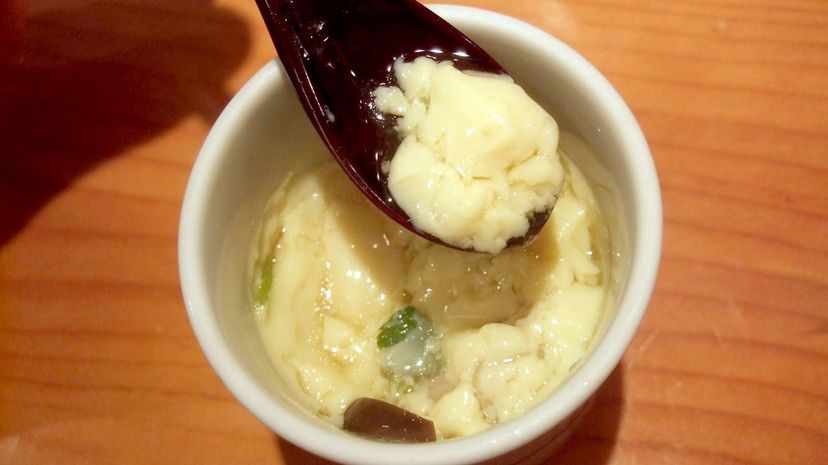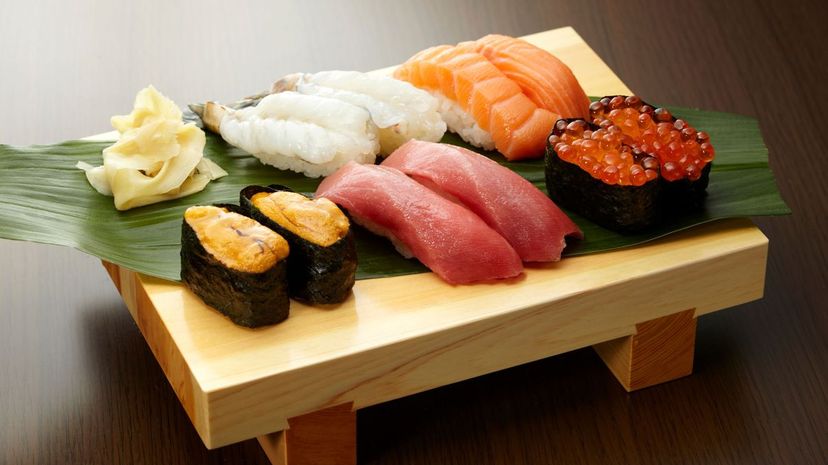
About This Quiz
New to Japanese food? Don't fret; we've got you covered!
So what is the specialty of Japanese cuisine, you might wonder. Primarily, it's seafood. As an archipelago, bodies of water surround Japan. With over 6,000 islands, fishing became a major industry throughout the centuries. That's why certain regions specialize in serving specific seafood delicacies featuring certain fish species. Salmon lovers, rejoice; the Japanese love eating them, based on so many dishes that highlight this fish. Pacific bluefin tuna and different mackerel types are popular, too. Can you also imagine eating an eel or an octopus? Come on; challenge yourself. It's delish!
Not big on seafood? The Japanese have you covered with meat stuff, too. Japan produces one of the most exquisite and also one of the most expensive kinds of beef. It's wonderful to taste it grilled or fried. There's even an option to cook the meat yourself, as certain restaurants have that kind of setup in their tables.
The Japanese also know how to make comfort food. We're talking about soup here. Combined with five different noodle types and almost a dozen types of broth, you can take your pick!
Craving carbs? Feast on various rice preparations, too. You can have it plain, fried or with vinegar. You can also have it super chewy and super sticky; that's what "glutinous rice" means.
Did we whet your appetite enough about Japanese cuisine in general? Good! Now let's get down to the specifics. Our quiz will discuss these delicacies in detail.Â
Yummy trails, quiz lovers!
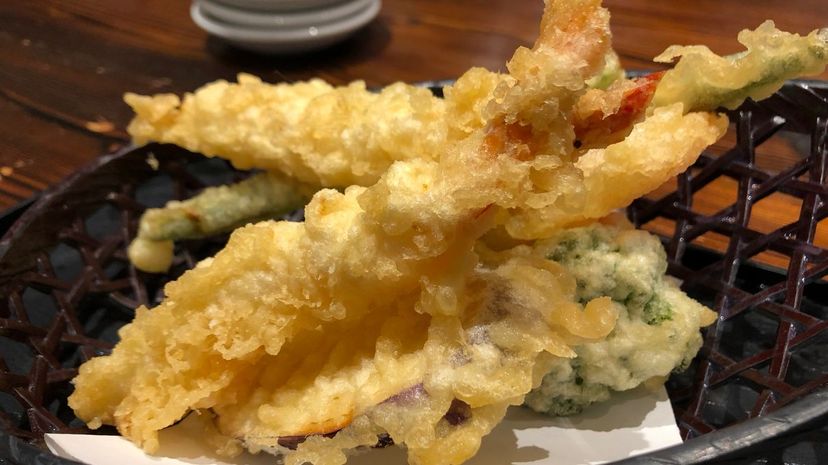

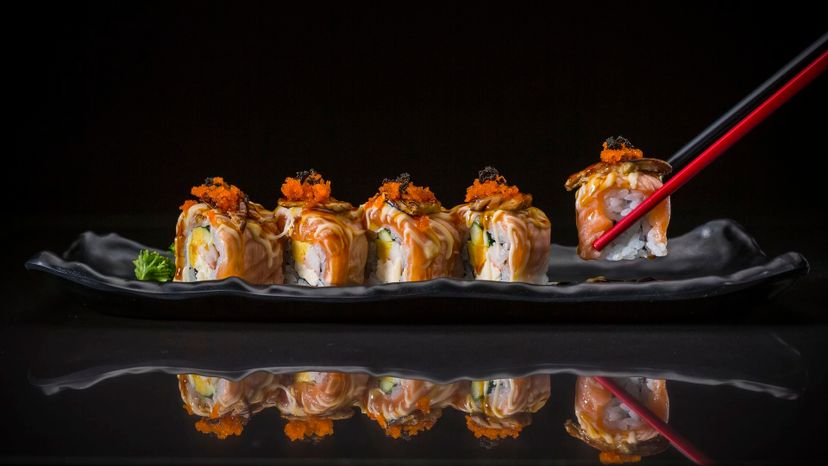
Advertisement

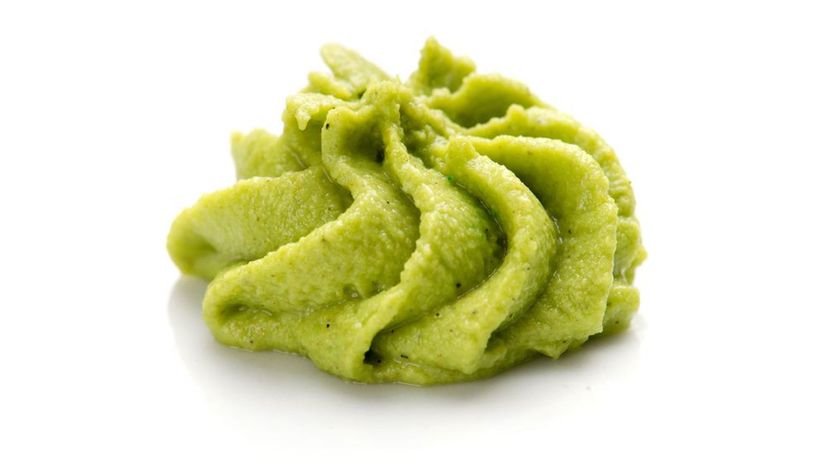

Advertisement

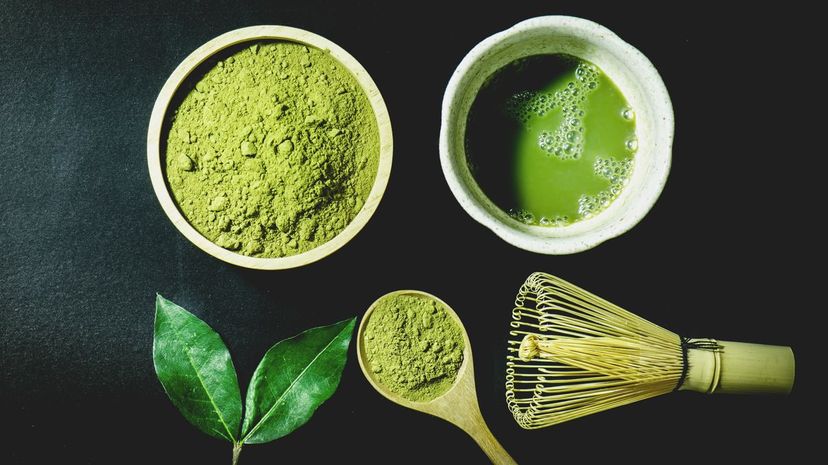
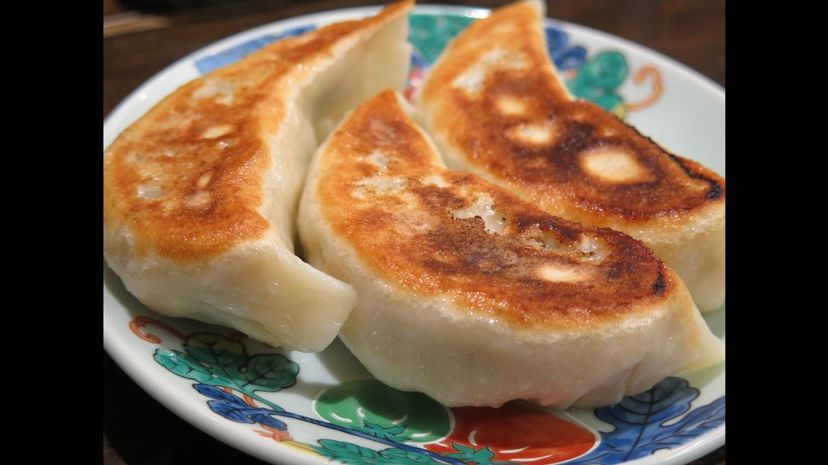
Advertisement

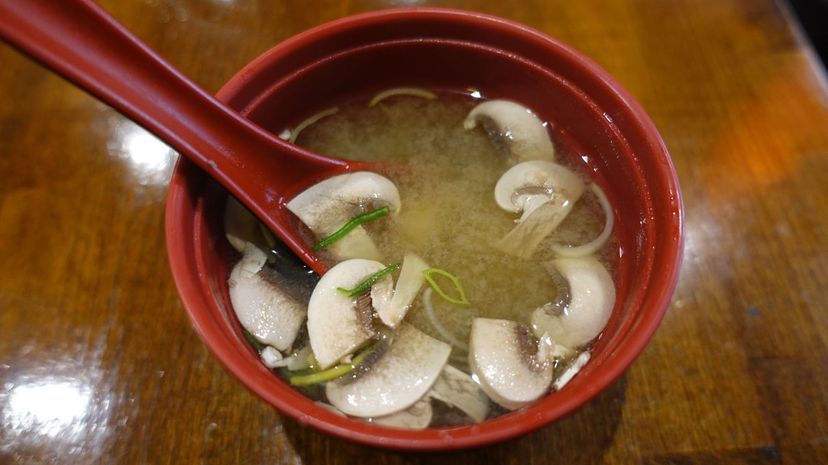

Advertisement
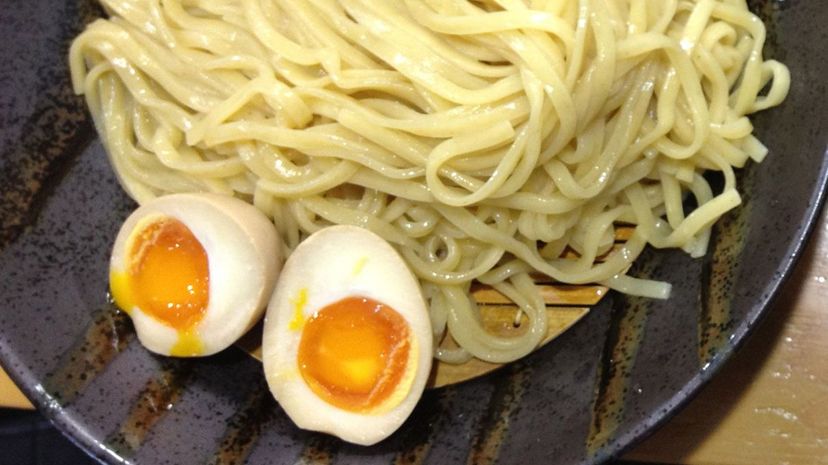

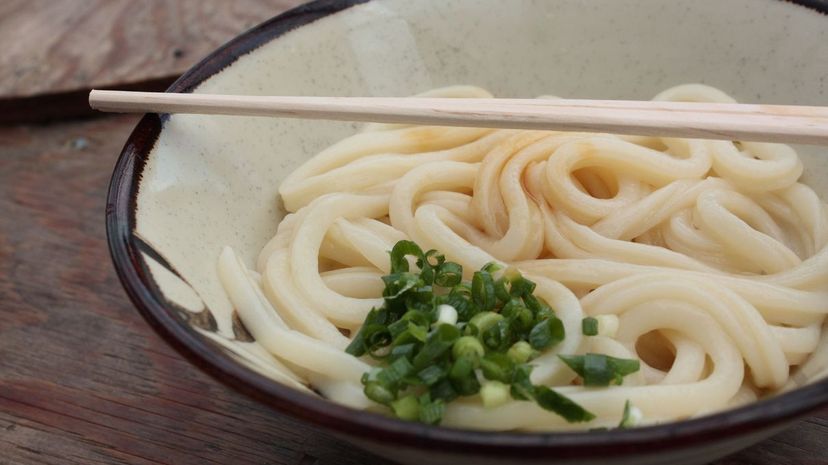
Advertisement
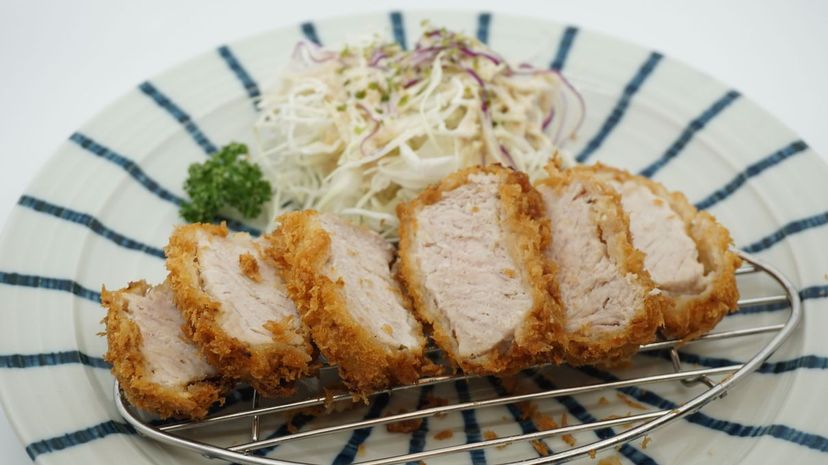


Advertisement
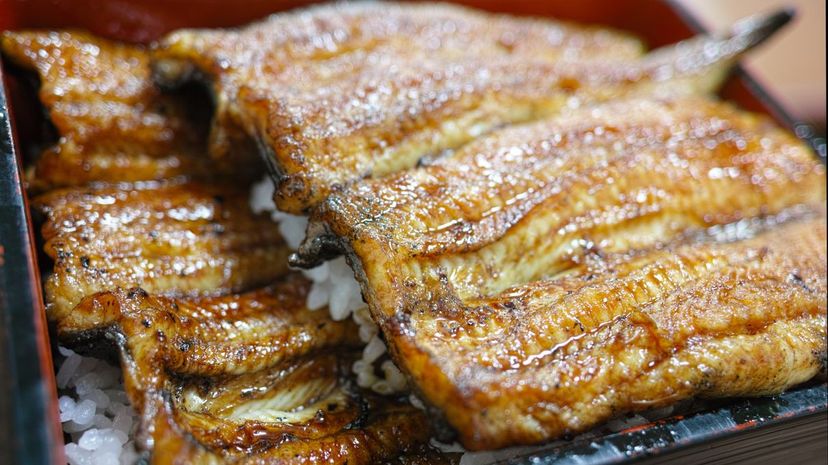

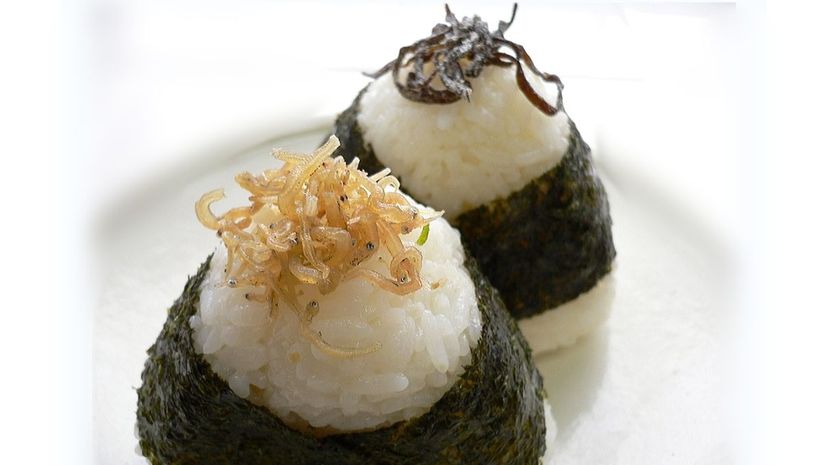
Advertisement

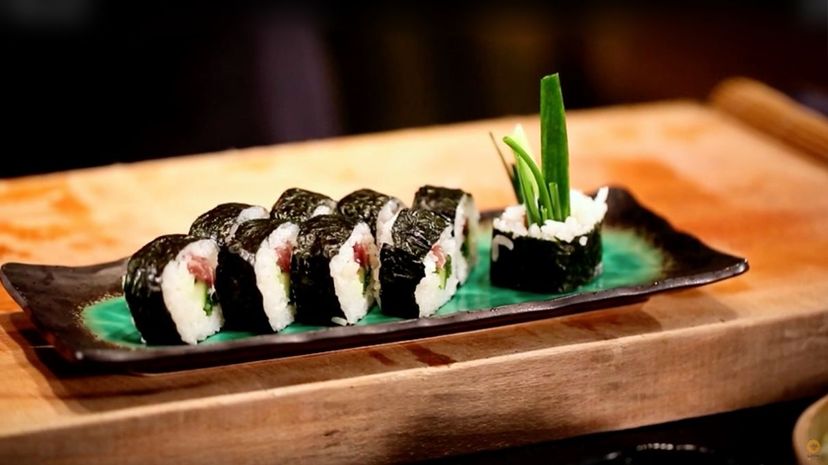

Advertisement
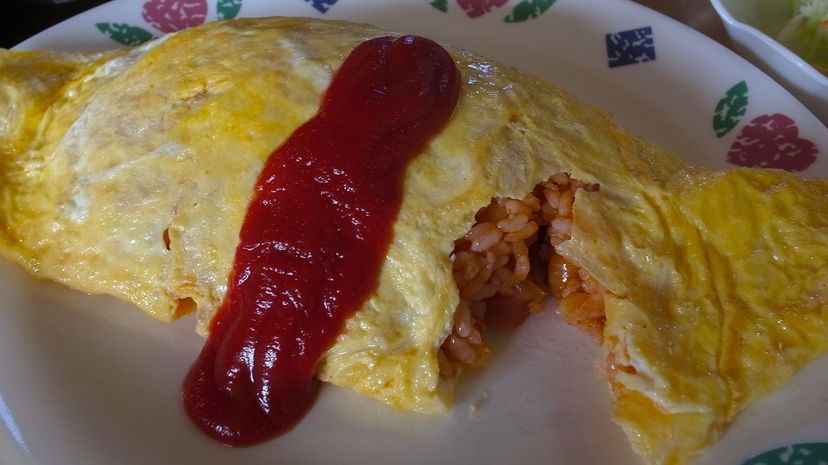
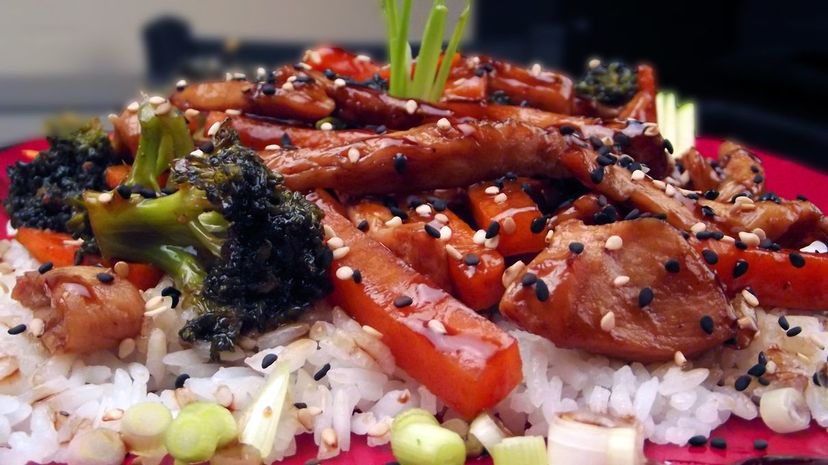
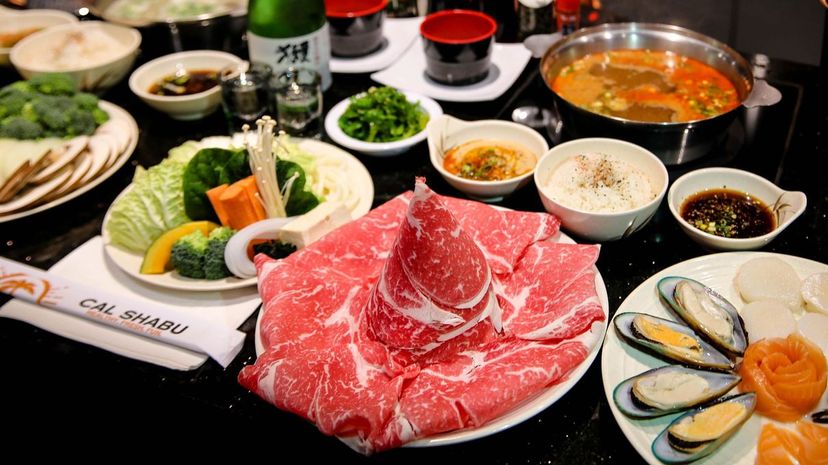
Advertisement
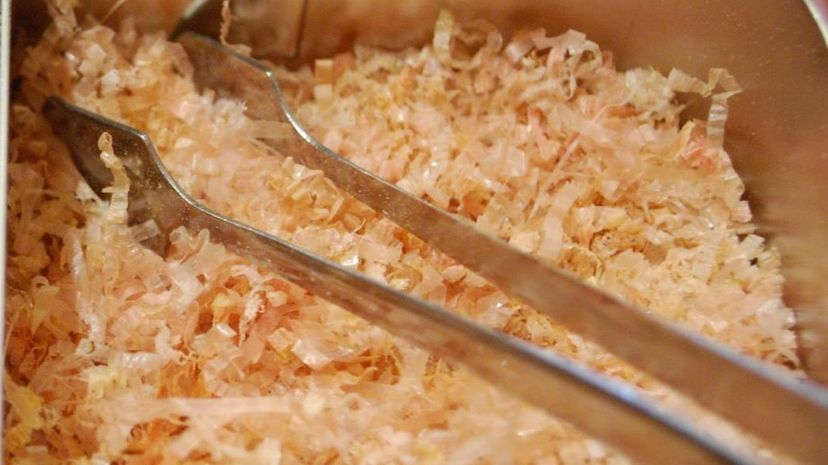
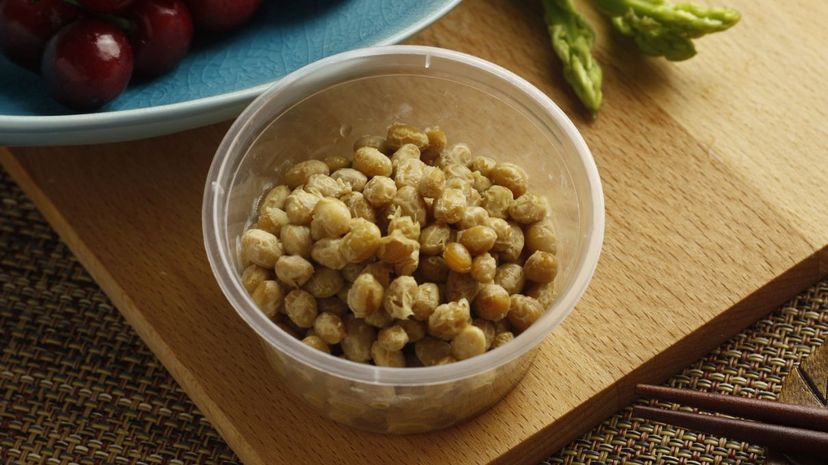
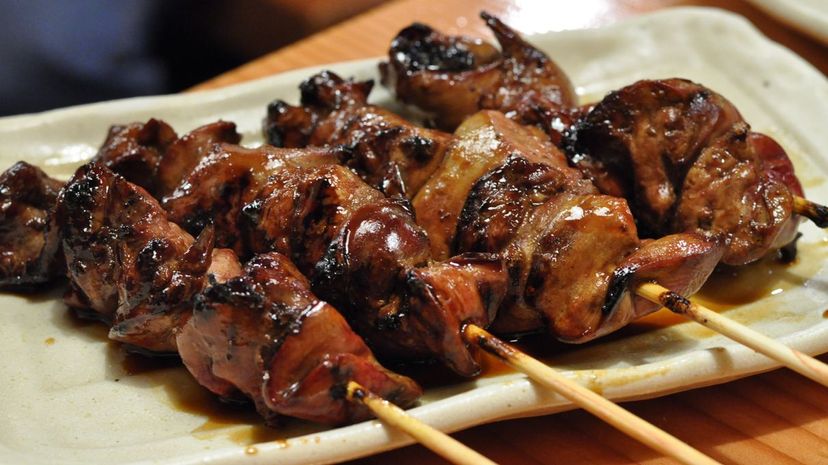
Advertisement
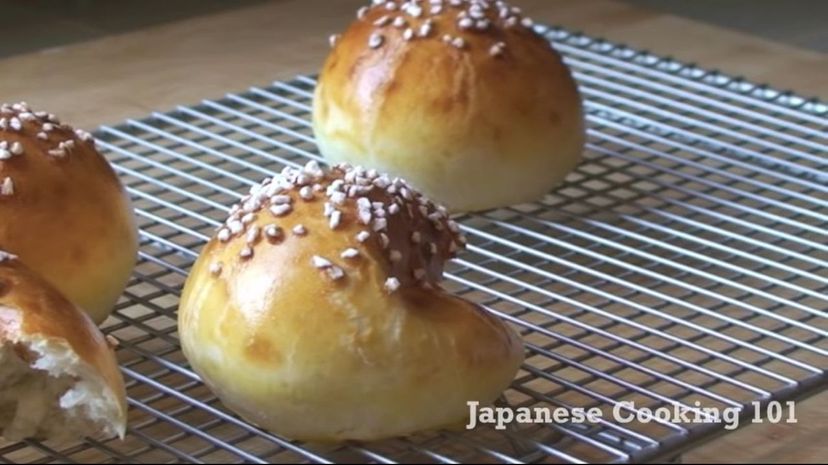


Advertisement

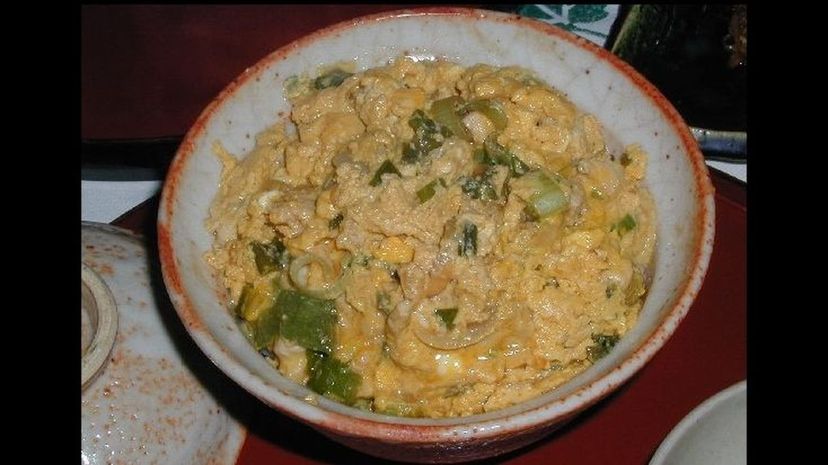

Advertisement
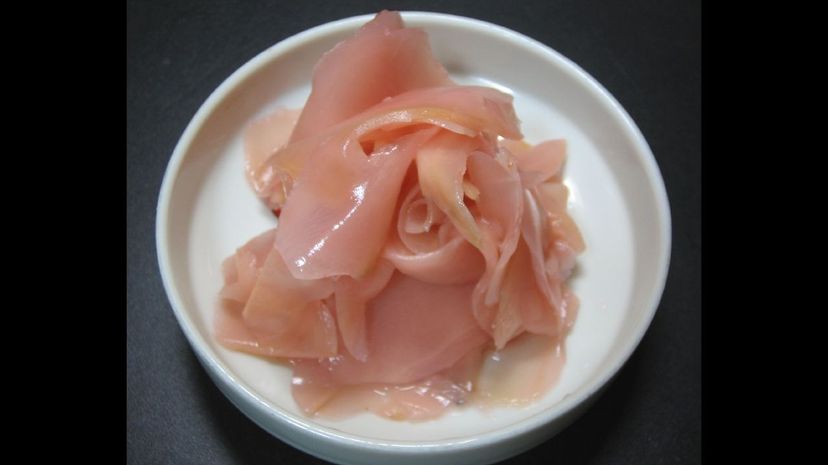
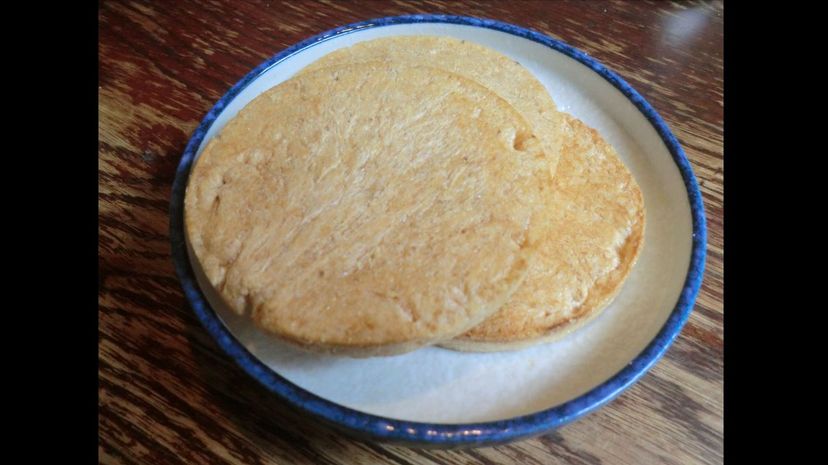
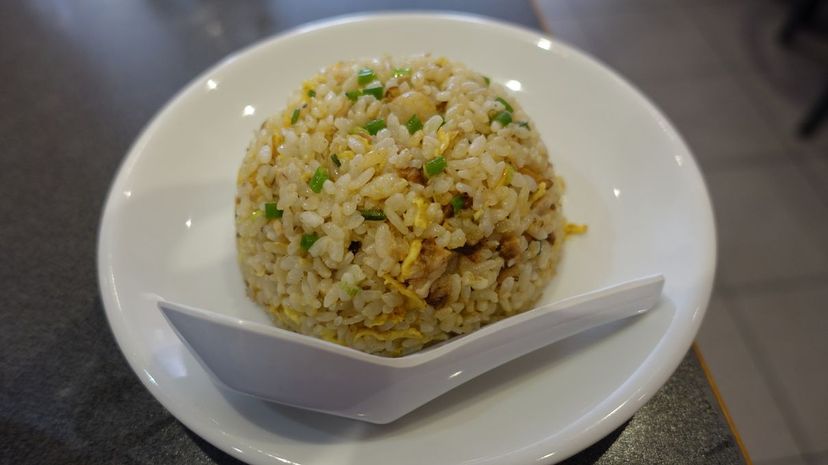
Advertisement
